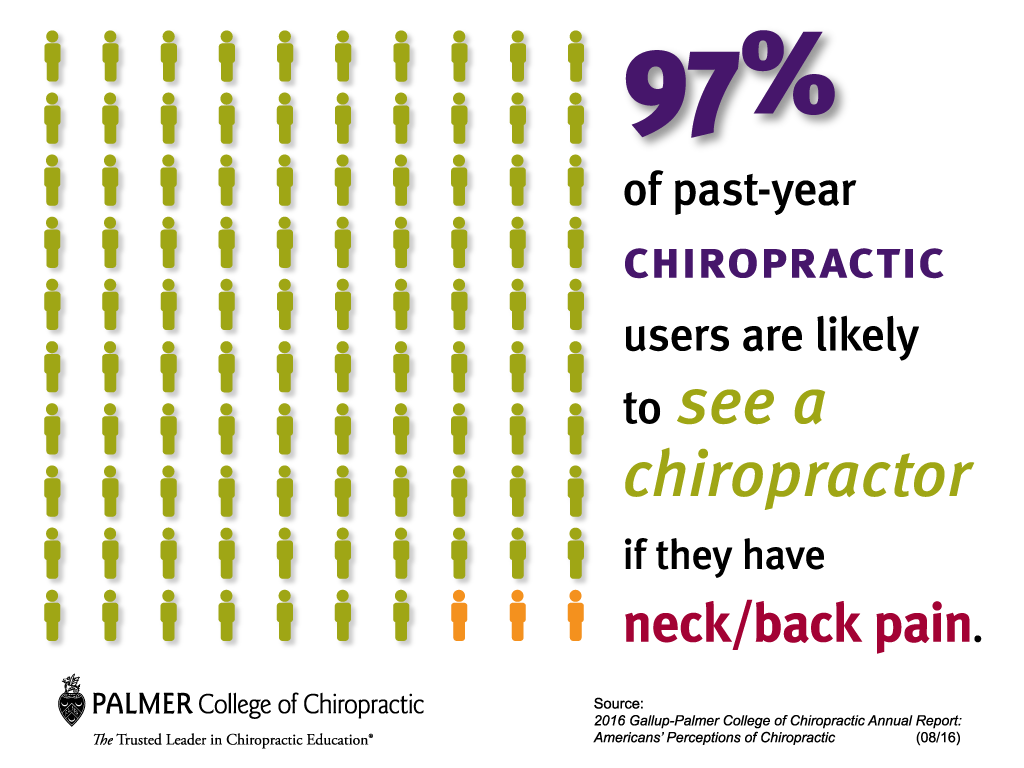What Your Back Pain States About Your Health: Typical Conditions And Signs And Symptoms
What Your Back Pain States About Your Health: Typical Conditions And Signs And Symptoms
Blog Article
Composed By-Martensen Sherrill
If you're experiencing back pain, your body might be attempting to inform you something more than simply discomfort. The method your back feels can offer beneficial hints about your overall well-being. Comprehending the certain kind of pain you're really feeling and any type of accompanying signs is essential to untangling the enigma behind your discomfort. Allow's explore the usual conditions and signs connected with different kinds of neck and back pain to shed light on what your body may be signaling.
Types of Pain In The Back
When it involves pain in the back, there are numerous types that you may experience. One usual kind is muscular tissue discomfort, typically triggered by overuse, strain, or injury to the muscular tissues and ligaments supporting the spine. This sort of discomfort can vary from mild discomfort to severe and incapacitating pain.
An additional kind is nerve discomfort, which can arise from conditions like herniated discs or sciatic nerve pain. Nerve pain commonly presents as a sharp, shooting feeling that emits down the leg.
Joint pain in the back can originate from problems like arthritis or sacroiliac joint dysfunction. This sort of discomfort is usually felt in the lower back and can be aggravated by specific movements.
Furthermore, neck and back pain can be connected to structural troubles such as spinal constriction or vertebral fractures. Recognizing the kind of pain in the back you're experiencing is crucial in figuring out the suitable treatment and monitoring strategies.
Common Symptoms to Expect
Moving beyond the different types of neck and back pain, it's important to identify the common symptoms that can signal underlying problems.
Consistent pain in the back that gets worse with movement or at night can show a much more significant trouble. Tingling or prickling in the legs or feet, particularly when accompanied by weak point, may indicate a nerve-related concern. If you experience unexpected weight loss in addition to neck and back pain, it could be a sign of a much more systemic condition.
Pay attention to any kind of adjustments in bladder or digestive tract function, as this could be connected to spine compression. back spasms , cools, or evening sweats along with neck and back pain might indicate an infection. Watch out for discomfort that emits down one or both legs, potentially a measure of sciatic nerve pain.
Wellness Issues Linked to Pain In The Back
If you deal with pain in the back, it's vital to comprehend the potential health problems connected to this pain. Back pain can be a symptom of various underlying problems, including muscular tissue strains, herniated discs, osteoarthritis, back constriction, and even problems like kidney stones or infections.
Muscular tissue stress prevail and typically result from lifting heavy things or unexpected movements.
Herniated discs happen when the soft tissue in between vertebrae protrudes, causing nerve irritation.
Osteoarthritis, a degenerative joint condition, can lead to back pain as cartilage material wears down.
Spine constriction, the narrowing of the back canal, can put pressure on nerves.
Kidney stones may trigger extreme pain in the back if they move into the urinary system system.
discover this info here like spine osteomyelitis can also materialize as neck and back pain. Understanding visit the website and wellness conditions can help you seek suitable healthcare and administration for your pain in the back.
Conclusion
So, following time your back injures, focus on the type of pain and coming with symptoms. Maybe a signal from your body concerning underlying wellness problems like muscle pressure, nerve issues, joint problems, or even structural concerns. By recognizing these indications, you can take positive steps to address the origin of your pain in the back and improve your general health and well-being.
